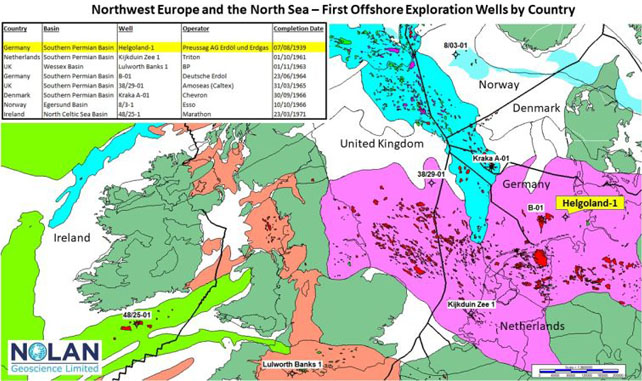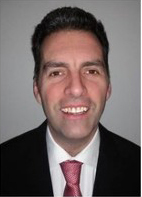
Soon after Hitler came to power, in May 1934, Germany issued a new petroleum law that obliged all companies to make their data available to the Geological Survey. The ministry of economy tasked the Institute for Petroleum Geology under its head Alfred Bentz to coordinate a national drilling programme, the Reichsbohrprogramm. What today some might call ‘drill baby drill’. Hitler wanted to find as much oil as possible, and quickly.
Martina Kölbl-Ebert summarises the Reichsbohrprogramm in her 2018 paper. Alfred Bentz was supported by geologists Karl Krejci-Graf and August Moos. From 1938 onwards Bentz reported directly to Hermann Göring’s representative for the 4-years plan. He and his team were instrumental in introducing modern, systematic methods for the exploration of oil and gas in Germany. Between 1934 and 1945, 643 wells were drilled resulting in 19 new fields. German oil production increased from 1.78 million bbl in 1934 to 4.27 million bbl in 1939.
In 1938 Bentz and his team prepared for well 503 of the Reichsbohrprogramm. A land rig was put on a barge and towed 46km out into the North Sea. Well 503 was drilled by Preussag AG Erdöl und Erdgas on the main island of Heligoland (or Helgoland), a small archipelago in the southeast corner of the North Sea. This was by no means an easy task, as the plateau of the island sits 55 m above sea level and could only be reached by stairs or a narrow and steep path.
Heligoland sits above a Zechstein salt diapir with Triassic Buntsandstein (Bunter Sand) at the surface. The well was drilled to a TD of 3010m in Zechstein salt in August 7th 1938, nearly three weeks before the outbreak of WW2. The threat of war likely prevented the team from drilling deeper into the underlying reservoir sections of the Rotliegend and Carboniferous.
On December 3rd 1939, Heligoland was directly bombed by the Allies for the first time. The attack, by 24 Wellington bombers of 38, 115 and 149 squadrons of the RAF failed to destroy the German warships at anchor. After the war, due to its strategic location, the Allied forces tried to blast the island with 6700 tons of explosives into the sea, but failed.
Bentz and Krejci-Graf went on to have careers in geology after WW2, Moos, a Jew was murdered in January 1945, in the concentration camp of Buchenwald.
Today Heligoland is a popular tourist resort and the location for Helgoland 513, a dystopian drama set on the island in 2036.
There is no sign of the well site. The Helgoland-1 well is a forgotten first. The first ever well drilled in the North Sea. A significant milestone in European and German Energy. The original well files are now held in the secret state archives of the Prussian Cultural Heritage Foundation and have never been digitally scanned.

Ciaran Nolan
Director, Nolan Geoscience Limited
KeyFacts Energy Industry Directory: Nolan Geoscience
 KEYFACT Energy
KEYFACT Energy